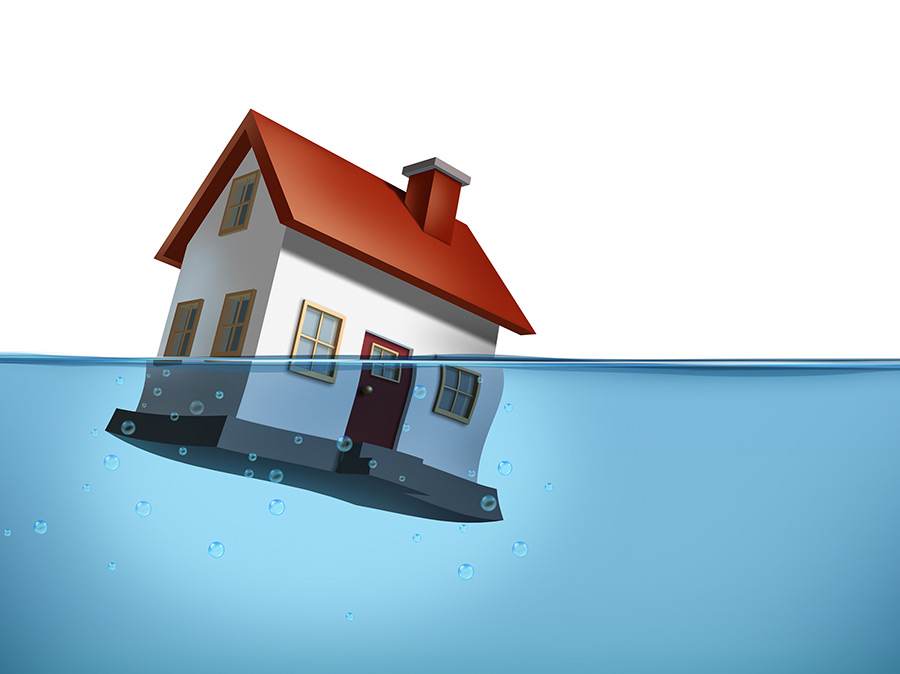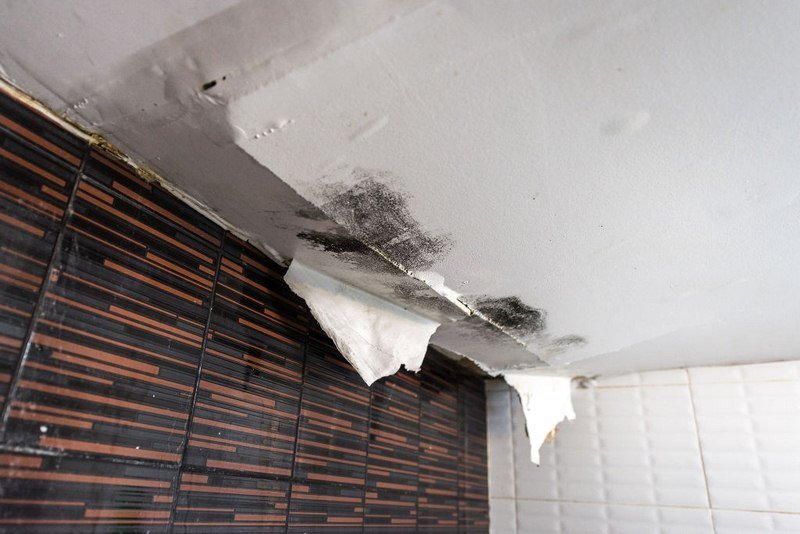What are your thoughts about Most Common Causes of Leaky Pipes?

Leaks not only trigger waste of water yet can also create unneeded damages to your home and also promote unwanted organic development. However, water leakages might go undetected given that the majority of the pipework in our house is concealed. By understanding and also looking for day-to-day situations that create leaks, you can secure your home from future leakages as well as unnecessary damages. Today, we will consider 6 leak creates that might be triggering your pipes to drip.
Intruding roots
The majority of water leakages start outside the house as opposed to inside it. If you discover an abrupt decline in water pressure, claim in your tap, take time to head out and analyze your yard. You could observe wet spots or sinkholes in your lawn, which may suggest that tree origins are attacking water lines triggering water to permeate out. You can have your plumber look for intrusion, particularly if you have trees or hedges near your building.
Rusty water supply
As time passes by, your plumbing system ages and rust such as corrosion might start eating away the pipes. This could be the root cause of discoloration or warping on your water pipes. This asks for an inspection with your plumber promptly. Think about changing the pipelines given that they are at a greater risk of corrosion than the more recent designs if our plumbing system is old.
Malfunctioning Pipeline Joints
The factor at which your pipelines attach is regularly the weakest web link in the waterline. Pipe joints can weaken in time, leading to water leaks. Regrettably, most of pipe joints are not conveniently noticeable. If you have noisy pipes that make ticking or banging noises, especially when the hot water is turned on, your pipeline joints are possibly under a great deal of stress. It is a good idea to have your plumber evaluate your system annually.
Immediate temperature adjustments.
Severe temperature changes in our pipelines can cause them to increase as well as get suddenly. This development as well as contraction might create fractures in the pipelines, particularly if the temperature level are below cold.
Poor Water Connectors
At times, a leakage can be triggered by loosened hoses as well as pipes that provide your devices. In situation of a water links leakage, you may observe water running directly from the supply line or pools around your appliances.
Blocked Drains
Obstructed drains might be aggravating as well as inconveniencing, yet they can in some cases wind up creating an overflow leading to rupture pipelines. Maintain removing any kind of materials that may decrease your drains pipes that can clog them to prevent such troubles.
All the above are root causes of leaks yet not all water leakages arise from plumbing leaks; some leaks might originate from roof leaks. All leaks ought to be repaired promptly to stay clear of water damages.
Leaks not only trigger waste of water however can likewise trigger unneeded damages to your house as well as promote unwanted organic growth. By looking and understanding for daily circumstances that trigger leakages, you can secure your house from future leaks and unneeded damages. Today, we will certainly look at 6 leak triggers that may be causing your pipes to drip.
At times, a leakage can be created by loosened tubes and also pipelines that supply your appliances. In situation of a water connections leak, you may discover water running straight from the supply line or puddles around your home appliances.
How To Check For Water Leak In Your Home
How To Check for Leaks
The average household's leaks can account for nearly 10,000 gallons of water wasted every year and ten percent of homes have leaks that waste 90 gallons or more per day. Common types of leaks found in the home are worn toilet flappers, dripping faucets, and other leaking valves. These types of leaks are often easy to fix, requiring only a few tools and hardware that can pay for themselves in water savings. Fixing easily corrected household water leaks can save homeowners about 10 percent on their water bills.
To check for leaks in your home, you first need to determine whether you're wasting water and then identify the source of the leak. Here are some tips for finding leaks:
Take a look at your water usage during a colder month, such as January or February. If a family of four exceeds 12,000 gallons per month, there are serious leaks.
Check your water meter before and after a two-hour period when no water is being used. If the meter changes at all, you probably have a leak.
Identify toilet leaks by placing a drop of food coloring in the toilet tank. If any color shows up in the bowl after 10 minutes, you have a leak. (Be sure to flush immediately after the experiment to avoid staining the tank.)
Examine faucet gaskets and pipe fittings for any water on the outside of the pipe to check for surface leaks.
Undetected water leaks can happen without the home or business owner even realizing. If you suspect a water leak, but not able to find the source. It is time to contact a professional water leak detection service, The Leak Doctor.
How To Find a Water Leak In Your Home
https://www.leakdoctor.com/blog/How-To-Check-For-Water-Leak-In-Your-Home_AE197.html

I hope you liked our excerpt on How to Find Water Leaks. Many thanks for taking a few minutes to browse our posting. If you appreciated our post plz be sure to share it. Thanks a bunch for your time. Come back soon.
Go Company